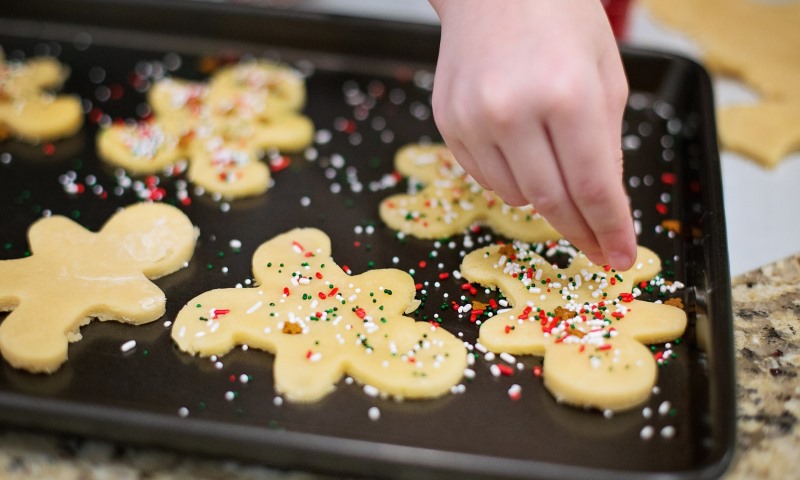Baking is a therapeutic experience. It’s as much a de-stressor as cooking, if not more so. But many potential bakers tend to shy away from it because it requires precision, and this doesn’t sit well with cooks who improvise rather than follow a recipe verbatim. However, there is improvisation in baking too, once you’ve learned the art, but not as a beginner.
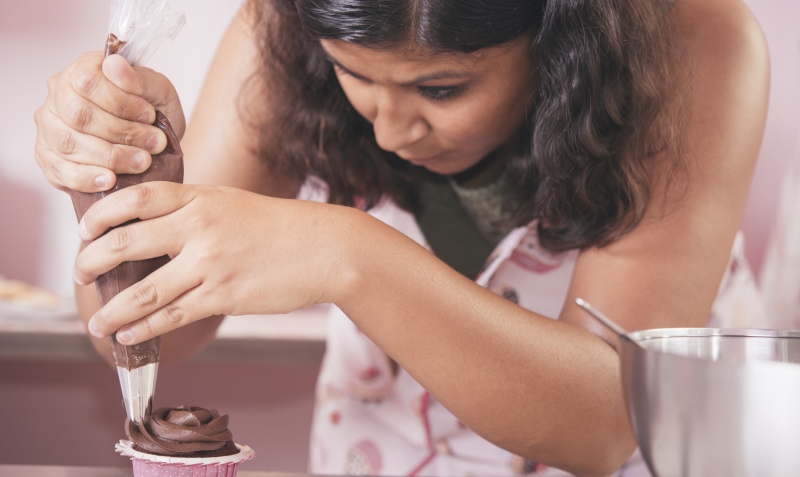
Image source: Shutterstock
I learnt baking by myself, a few years ago, and turned it into a fairly successful venture in my hometown. I realized that I had a knack for making lip-smacking, finger-licking, scrumptious baked goods. Who knew, right? Unless you try it, you won’t know how good you are. Or bad. But the point is, you can’t always sit on the sidelines where you just think about baking a cake for your significant other, or your kid, or even your dad. Grab the required tools and ingredients, and get baking, buddy! There’s no right time like the present!
Suggested read: 12 soothing tips on how to calm your overactive and stressed mind
If you’re new to baking, or wish to try your hand at it, you need to have these essential baking tips and tricks up your sleeve. Trust me, they will be a lifesaver. Let’s get to it, before you plunge into the wonderful world of baking!
1. Read the full recipe.
Before you do anything, read the entire recipe for what you’re about to bake, slowly. Understand and each step, before moving on to the next. Since you’re a beginner, you may have to look up a few technical words in the recipe – pertaining to ingredients, or tools, or even a method used in blending in the ingredients. Go through all of the steps slowly and make sure you’ve understood it all. This avoids any accidental overlooking of any part of the recipe. Since baking is about precision, familiarize yourself with the recipe before beginning. If you didn’t understand the whole thing in your first read, go through it twice, thrice, if necessary, until you’re perfectly clear of every step in the recipe.
2. Whip out all the tools, ingredients, and anything else needed.
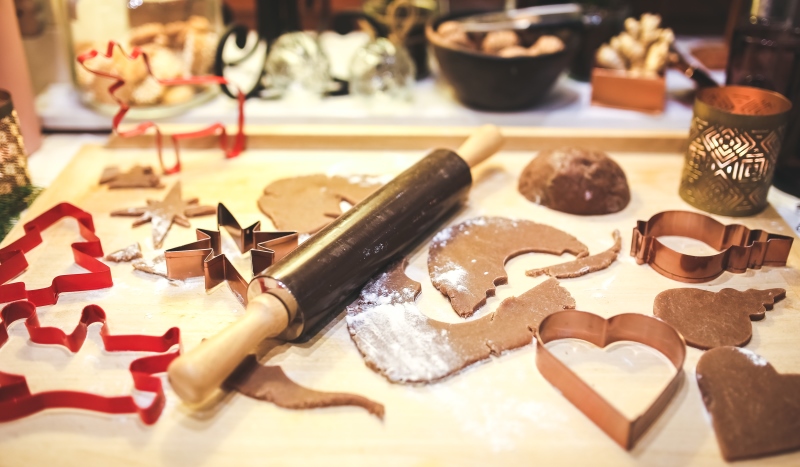
Image source: Google, copyright-free image under Creative Commons License
The next step is for you to pull out all of the ingredients and tools that the recipe spells out. Double-check that you have everything you need. Make sure that all the tools and pots and pans are dry, and don’t have any residual water droplets. This is a necessary step because, halfway through making the recipe, if you realize that you’ve forgotten a key ingredient or haven’t set out a necessary tool, or worse, you don’t even own that particular tool, that’s just the worst, isn’t it? It makes you want to give up baking altogether, even before you’ve started!
3. Bring all the ingredients to room temperature.
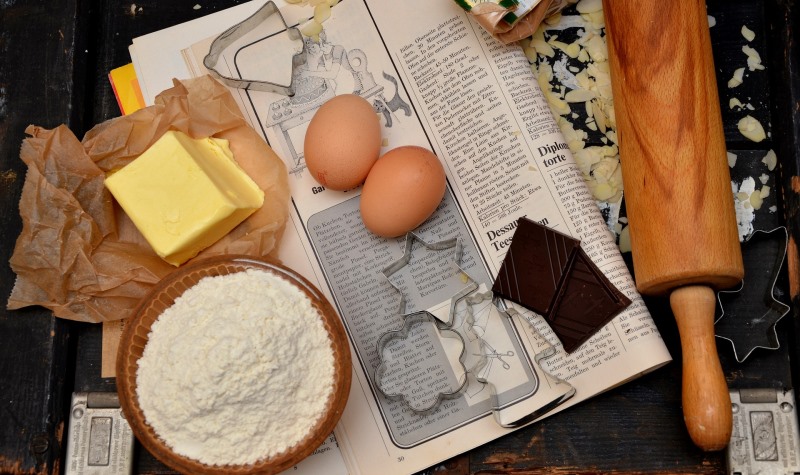
Image source: Pixabay, under Creative Commons License
Many recipes call for butter and eggs to be at room temperature. Pull out those necessary ingredients, and sit them on the counter several hours before you start on the recipe. However, if you’ve forgotten to do it, there are quick hacks that will help you bring them to room temperature in no time. For the butter, grate it so that it comes to room temperature much faster. As for the eggs, sit the eggs in a bowl containing warm water for ten minutes. Make sure that the water is not hot, because you don’t want the eggs to cook, only to come to room temperature. Remember, these tricks are to be used only when you’ve forgotten to set out the ingredients beforehand, and not to be used every time you bake something.
4. Know the different types of sugars.
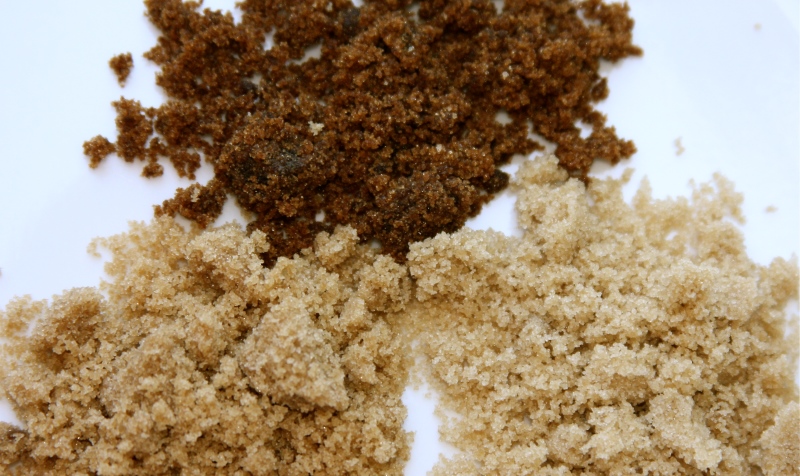
Image source: Google, copyright-free image under Creative Commons License
There’s a significant difference between powdered sugar, castor sugar, demerara sugar, and muscovado sugar. Know the differences between all these, and use the one indicated in the recipe.
5. Know the different types of flours.
There’s plain flour, all-purpose flour, and then there’s self-rising flour. Again, it’s very important to know the differences between these, and use the one given in the recipe, and not the one easily available.
Suggested read: 15 amazing Disney-inspired wedding cakes that will make your big day truly special
6. Prepare the cake pans and/or cookie sheets properly.
Follow the directions given in the recipe to the letter. Grease the cake pan, top the cookie sheet with parchment paper, butter the cake dish, flour it after buttering it – do it precisely. These help in easy removal of baked goods, and will also save you from having to pry out the burned hunk of cake, or broken cookie crumbs. It also aids in easy cleanup after the process is done. Trust me, scrubbing off a burned cake from the bottom of your cake pan is not glamorous!
7. Remember to preheat the oven.
Most recipes will direct you to preheat the oven at the beginning itself. So get in the habit of preheating the oven at the required temperature before you put anything in it. Be it cookies or cakes or puddings, remember to preheat the oven as directed in the recipe.
8. Use liquid and dry measuring cups.
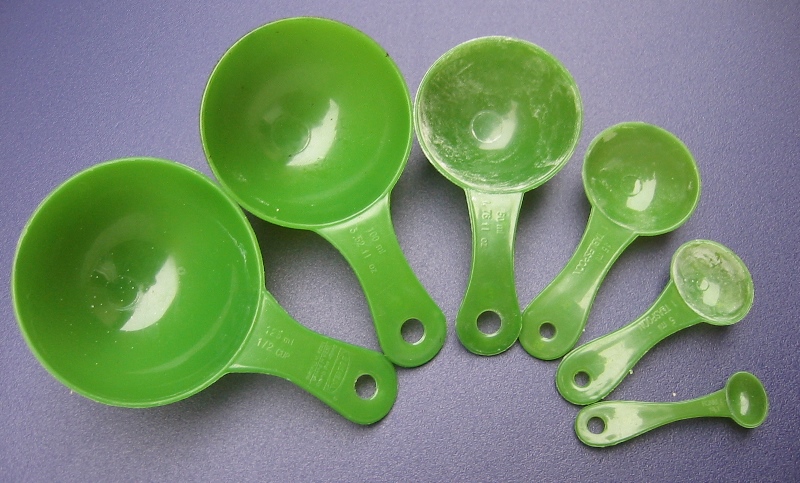
Image source: Google, copyright-free image under Creative Commons License
Very few recipes indicate that all ingredients use just one type of measuring cups. So it’s safe to assume that liquids (oil, milk, water, condensed milk) should be measured using a liquid measuring cup, while dry ingredients (sugar, nuts, berries, flour, baking soda, chocolate chips) need to be measured using nested dry measuring cups.
9. Sift all your dry ingredients.
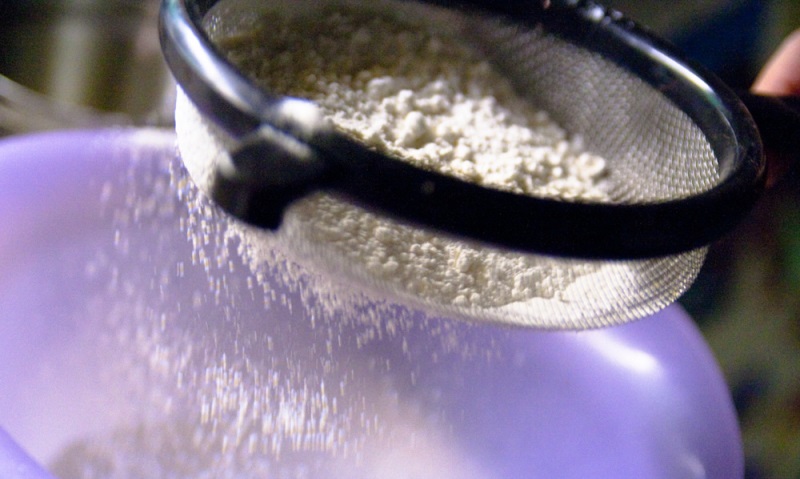
Image source: Google, copyright-free image under Creative Commons License
Including cocoa powder. Yes, it’s a pain, but this step ensures that there are no clumps or lumps in your cake or cookie. The best thing to do is to sift the ingredients into a large bowl, to avoid making a mess.
10. Crack eggs into a separate bowl.
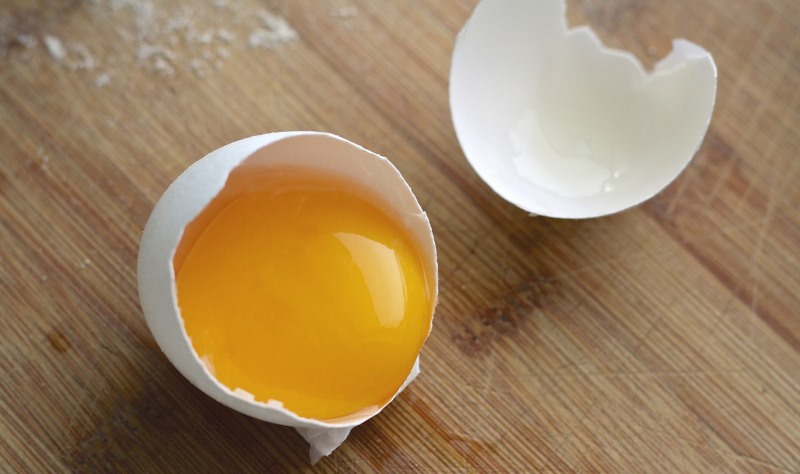
Image source: Pixabay, under Creative Commons License
Always, ALWAYS, crack the eggs into a separate bowl, and not into the batter bowl. One of these two things could ruin the batter if you do: a) the eggs might be rotten, or b) you might spill eggshell shards into the batter. Both are too cumbersome to set right. What you must do instead is too crack each egg individually into a separate bowl, where you can check for any eggshell shards, and also if the egg is in a condition to be used. After you’ve done this, you can pour it into the batter bowl.
11. Combine and mix the ingredients according to the recipe.
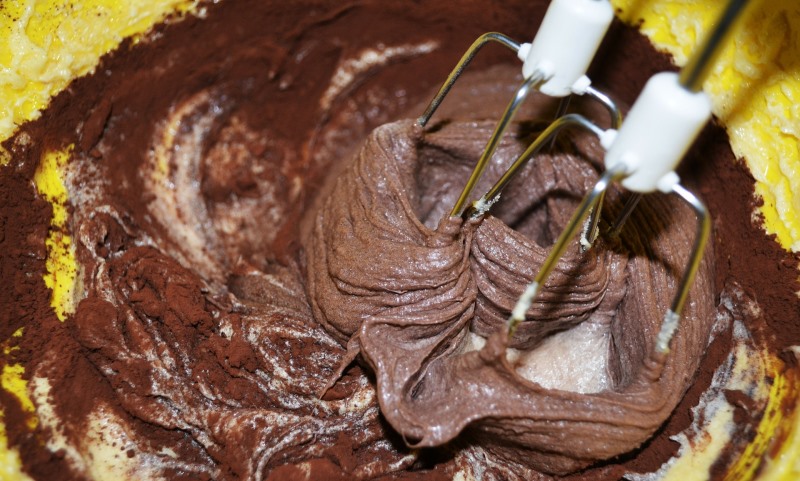
Image source: Pixabay, under Creative Commons License
Some recipes ask for the ingredients to be mixed slowly, one by one, others ask them to be folded in, others ask that all of them be mixed together. So it’s better to be safe than sorry; do not dump all of the ingredients at once and mix them. It will NOT end well. Add ingredients as and when instructed in the recipe, slowly and carefully.
Suggested read: 13 important things you should do for yourself in your 30s
12. Set a timer.

Image source: Google, copyright-free image under Creative Commons License
Most ovens have in-built timers, but if you’re using one that doesn’t have one, set a timer once you’ve placed your pan into the oven. If you’re keeping track of the time manually, it’s easy to forget to turn it off at the right time. You don’t want to risk burning your precious, hard-earned work, do you?
These are the most essential baking tips and tricks you must have up your sleeve if you’re baking beginner. Once you get the hang of it, you’ll be doing all of these like it’s second nature to you, while baking. It’s really not hard to bake. You just need to follow the recipe and all of its steps, and you should be just fine.
Featured image source: Pixabay, under Creative Commons License
